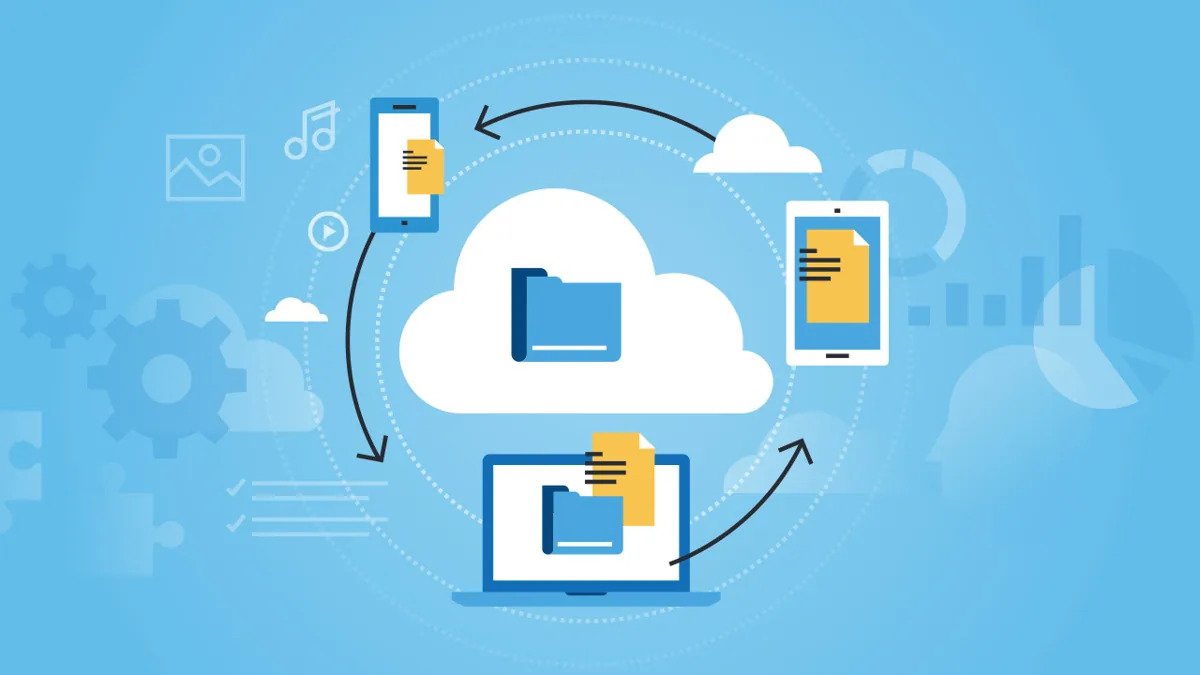
Top Challenges while Migrating to the Cloud
As we all know the cloud is now occupying the new center stage. And with its offerings with cloud storage services in India, one might think of mainframes, as some old actress who stayed too long on stage. But that’s not true at all. 70% of fortune 500 companies still running their business applications on mainframes. And many other companies, institutions have legacy mainframes at the core of such data centers. But what’s their role in the cloud?? Can mainframes and cloud work together and give a great performance.
It is not an easy question. On one hand, despite extending theirs despite frames. They are still working realRsExtending what they have always been. Handling thousands of simultaneous users and hosting many critical enterprise non-stop applications. They hold essential business data. On the other hand, because of mainframes downside that includes high technical debt. Resulting in slow application change and also a high price. Many companies and government organizations are eying their mainframes as the last frontier of cloud migration by the cloud providers in India.
With different mainframes applications that are interconnected via common data. Cyfuture Cloud’s modernization approach with a holistic assessment of different mainframe applications that creates value. From prioritizing a list of applications to migrating and modernizing. The solutions range from emulation to redesigning through AWS cloud-native services for high applications.
Why migrate towards the cloud??
For different companies, the price of maintaining the mainframe ecosystem is beating the revenue growth. So, the price reduction is a big encouragement for making the move to the cloud. Especially for large enterprises. According to a recent survey done by the experts, it was found that their IT costs was drop by 50% by implementing cloud applications and architectures. But decision creators consider it with different other benefits.
Reduce Risk: Over time, different mainframe applications have become complex and difficult to change. Maintenance is not an easy task and even small changes can be risky. Slows down the business and makes it brittle in the face of needed change.
Increase Agility and Scalability – Flexibility and responsiveness are improved by reducing development cycles through constant integration and delivery (CI/CD). Virtually unlimited infrastructure resources are consumed on the requirement.
Excess the Critical Data – Consumers get the advantage over their mainframe data, which stores decades of business transactions, and also uses that data to feed analytics. OR machine learning initiatives that deliver competitive advantage.
Closing the Skill Gap – Modernization can counter the problem of different companies, that are facing their mainframe experts that reach retirement age. And can also bring new talent who is interested in modernizing main body business workloads.
What are the top challenges??
Organizations are typically strumbled with their mainframe migration. Different challenges have to complete with insufficient experience. Poor project phasing, suboptimal choices come to the migration process. And the testing phase challenges require deep and state platform expertise.
Most organizations always need some help. For that reason, AWS has designed a new AWS mainframe migration module with its competency. It will validate AWS partners with high-scale practices and track down the successful mainframe workload migrations. We can help to develop clients with internal skills and also help to build the foundations to make successful migrations.
What pattern you will follow??
Every company ecosystem is different and has also evolved differently over the last 20 to 30 years. So, part of the advice on any migration journey will help to determine a designed pattern. You should follow to migrate in each application. We call this list of designed patterns – The Six R’s.
Retain with its useful life, remediating specific pain points and moving on-going development and the test environments to the cloud. To increase agility and reduce costs.
Replace with a package that includes package commercial off the shell or Saas (Software-as-a-Service). This offers to improve functionality, extract, and migrate data to a new system. This will simply reduce the complexity and the costs.
Re-host to a less expensive location without changing a single piece of code. To gain cost benefits without taking the risk that can result from different programming languages.
Re-platforming to a different operating system without changing the programming language. And thus permitting applications to execute in the cloud.
Re-factor from legacy code to a modern programming language that used semi-automated tooling to mitigate the risk relating to different skills. This increases the agility and the redacted costs.
Conclusion
One way to think about these mainframe modernizations is that. Even with a migration, you can still leverage the value of mainframes. In fact, extending their core values via augmentation. Completely modernizing the mainframe ecosystem is a long year of journey. But it’s important to take this step right now. By modernizing the risk, low-complexity applications first, can build credibility and confidently establish the momentum till its completion.





